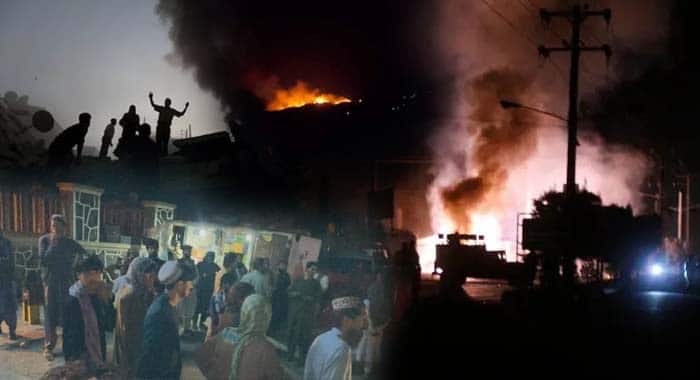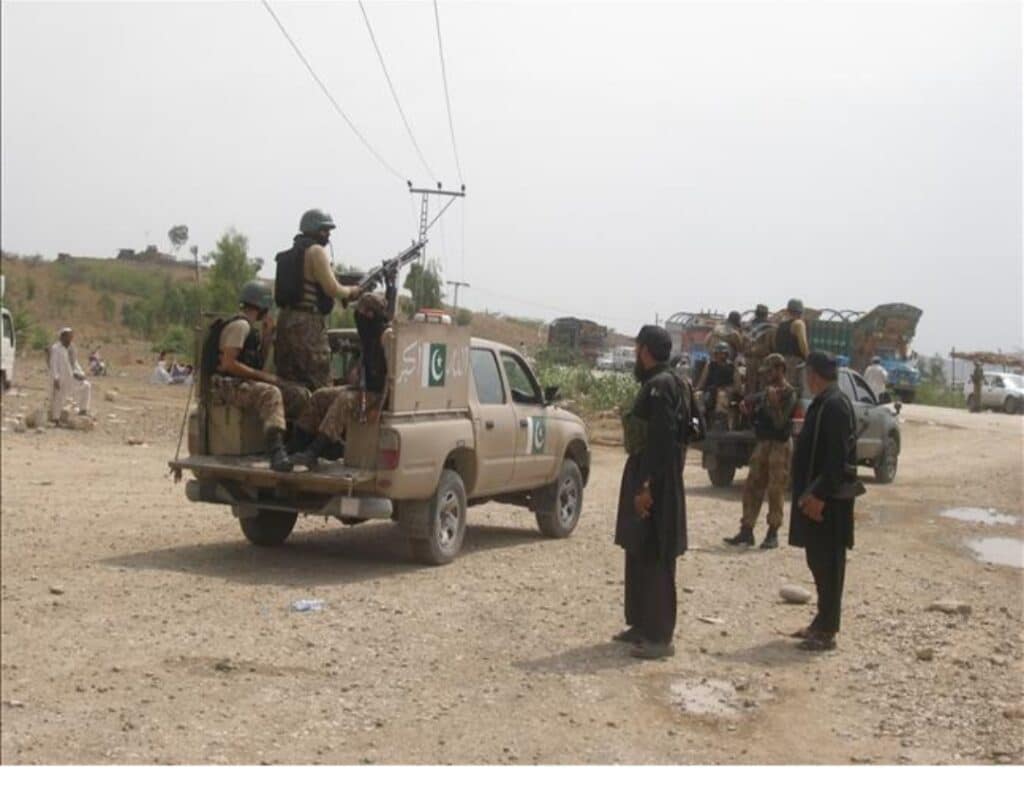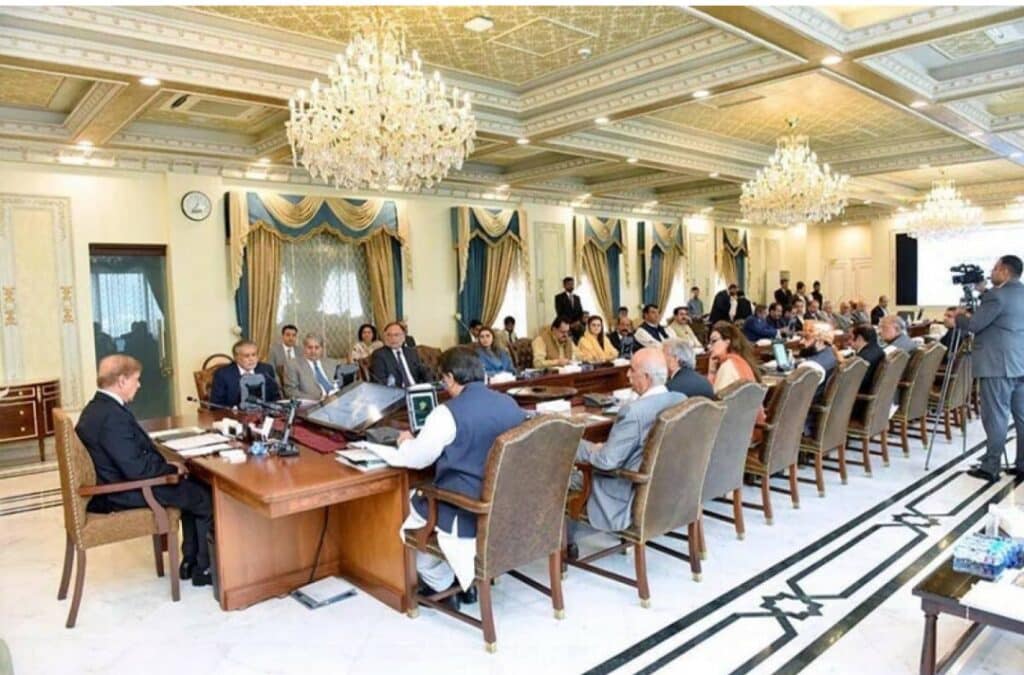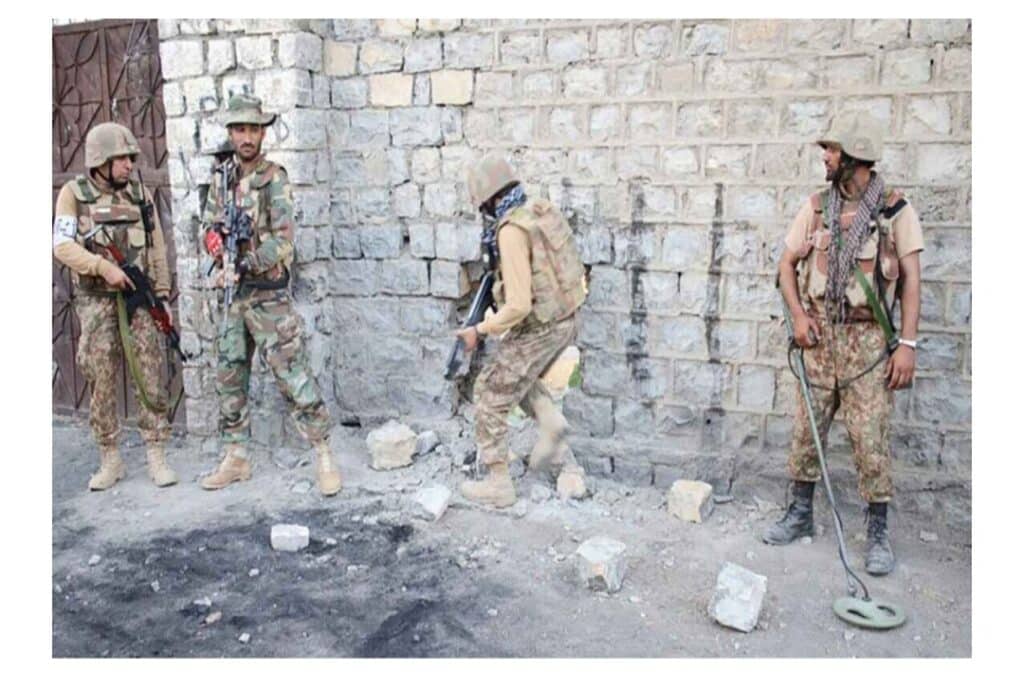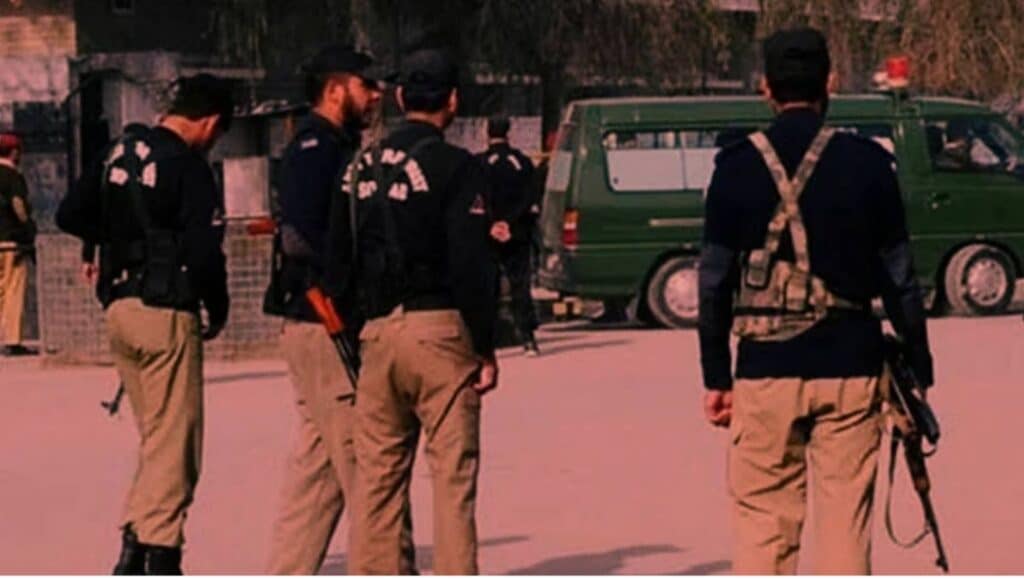An escalating power struggle between the banned Tehreek-e-Taliban Pakistan (TTP) and the Hafiz Gul Bahadur faction in eastern Afghanistan has erupted into a full-blown armed conflict, Taliban-linked sources confirmed, warning of a rapidly deteriorating situation with potentially serious implications for regional security.
The conflict, centered around strategic control of Nangarhar and Paktika provinces, has reportedly resulted in heavy casualties and extensive material losses on both sides. Sources reveal that differences over territorial control, influence, and distribution of foreign funding have now turned into intense and ongoing clashes.
According to Taliban insiders, both groups have resorted to using automatic weapons, heavy artillery including mortars and missiles, and in some instances, US-supplied weapons left behind after the American withdrawal from Afghanistan. Alarming reports also suggest the deployment of combat drones equipped with advanced technology.
One senior commander close to TTP chief Mufti Noor Wali Mehsud, identified as “Sarbakaf,” claimed the group had issued a final ultimatum to the Hafiz Gul Bahadur group, demanding an immediate withdrawal from Nangarhar and Khost. When the rival faction rejected the warning and challenged TTP’s influence, fierce clashes erupted, especially in densely populated zones.
Both groups are believed to have thousands of fighters and key operational commanders stationed in these contested provinces. Taliban sources fear that the rivalry, if left unchecked, may spread beyond Nangarhar and Paktika into adjoining regions, triggering broader instability.
Security analysts believe this internal war is a direct fallout of recent setbacks both groups suffered in Pakistan, where intensified counterterrorism operations by Pakistani forces—backed by intelligence-based targeting—have severely dented their operational capacity.
Earlier, Pakistan, in coordination with Iran, had successfully disrupted Project Goodan Ayesha—a cross-border terror infrastructure exposed by intelligence services that had facilitated militant incursions from Afghanistan into Khyber Pakhtunkhwa and Balochistan. These disruptions have apparently pressured TTP and allied groups to assert dominance within Afghanistan in order to maintain influence and funding pipelines from hostile foreign actors.
Insiders suggest the root cause of the friction lies in competition for foreign funding, operational authority, and access to strategic smuggling routes and training camps. The $7 billion worth of military hardware left behind by the U.S. and NATO, including high-grade firearms and tactical vehicles, is now reportedly being used in the inter-group war.
The situation is being closely watched by regional observers as a potential security crisis, not just for Afghanistan but also for Pakistan, Central Asia, and Iran. Analysts warn that if allowed to continue, the conflict could destabilize the eastern Afghan corridor and further entrench foreign-backed militancy in the region.

